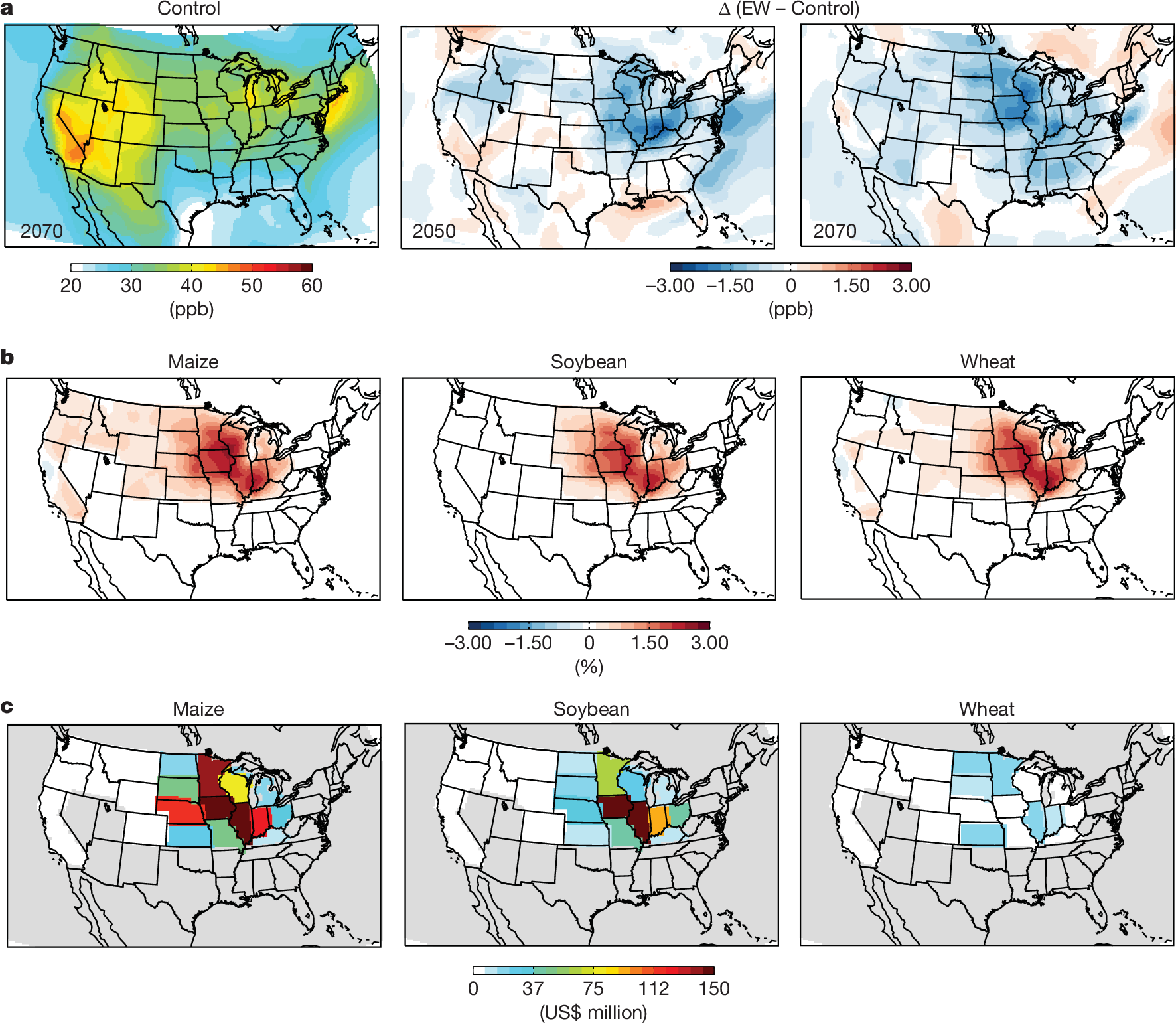Enhanced weathering could transform US agriculture
A new study 1 reveals that implementing enhanced weathering (EW), the practice of adding crushed basalt to soils, with U.S. agriculture could remove between 160 and 300 million metric tons of carbon dioxide (CO2) from the atmosphere annually by 2050, rising to 250 to 490 million tons of CO2 removal by 2070.
The authors demonstrate that this approach could make a significant, previously overlooked contribution (16%–30%) to the U.S.’s 2050 carbon removal required to meet its net-zero emissions targets. This new study provides much-needed economic and feasibility detail on a state-by-state basis for how enhanced weathering can support the U.S. commitment to net-zero emissions by 2050.

Deployment of enhanced weathering could be straightforward, as it utilizes existing agricultural infrastructure and offers lower carbon removal costs compared to alternative strategies like direct air capture and bioenergy with carbon capture and storage. The authors point out, however, that mobilizing an EW industry at the necessary scale could take decades.
The authors identify uncertainties and research priorities for assessing carbon removal by enhanced weathering with agriculture that must be addressed to build confidence in EW as a carbon dioxide removal technology to enable it to scale responsibly.
The authors’ regional analyses show EW could improve air quality by interacting with the soil nitrogen cycling processes to reduce the formation of harmful air pollutants like ozone and fine particulate matter, which pose risks to human health, crop productivity, and ecosystems.
Dr. Maria Val Martin, a Future Leaders fellow and partner in the study at the University of Sheffield, said, “Enhanced weathering not only captures carbon and reduces soil N2O emissions but also provides cleaner air by reducing harmful pollutants like ground-level ozone and fine particulate matter. Our study underscores the importance of including air quality assessments when proposing large-scale deployment of carbon dioxide removal strategies.”
Societal acceptance will also be crucial, requiring engagement from national politics to local communities and farmers. While basalt mining operations could generate additional employment opportunities and contribute to local economies, it is essential that these activities respect community concerns and ensure fair practices.
David Beerling, Director of the Leverhulme Center for Climate Change Mitigation and first author of the study, said, “What we’re proposing could offer a genuine step-change in how the U.S. captures carbon to meet its increasingly urgent net-zero target and safeguard our planet’s future. Our analysis demonstrates that the relatively simple and practical method of enhanced weathering, using the abundant rock basalt, could remove hundreds of millions of tons of carbon dioxide annually in the U.S. alone.”
References
- Beerling, D.J., Kantzas, E.P., Lomas, M.R. et al. (2025) Transforming US agriculture for carbon removal with enhanced weathering Nature doi: 10.1038/s41586-024-08429-2 ↩